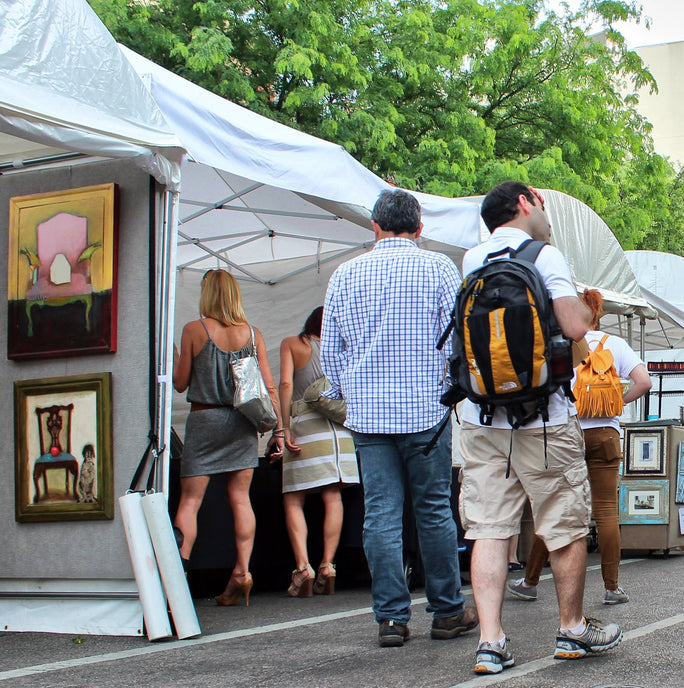Safety First
We'll start by stating the obvious. When it comes to fire prevention and safety, your local fire department will tell you that life safety is the top priority. According to local authorities, people and pets always come first. If you're faced with a fire incident, your property is a secondary concern.
The basic fire safety rules that the fire department will tell you to enact year-round typically include the following:
-
Don't let trash pile up around your home
-
Be careful when utilizing or storing flammable liquids
-
Place fire extinguishers on each level of your home, strategically located near potential hot spots
Plan Ahead
Make a fire protection plan, to include ensuring your smoke detectors are operational, that you have a plan of evacuation for your loved ones, and that you've got a pretty decent idea where your valuables, including your art, are located, especially if in storage.
It might seem self-evident, but keep in mind that if you're in an emergency situation, your ability to assess where your most valuable items are within your home could be compromised. With this in mind, make a mental (or written) note of where your artworks and most prized possessions are in the interior rooms within your home that you should prioritize as part of an evacuation, if safe to do so.
Protect Your Assets and Investments
We've recently shared a variety of reasons for which art patrons and enthusiasts should consider hiring an art appraiser. One of the key reasons we cited was documenting evidence of the value of an art collection as a cautionary step in case of a natural disaster, such as a fire.
With this in mind, inventory your art. For any pieces valued over a certain amount, seek an appraisal from a credentialed art appraiser. This is an essential element for insurance purposes and in order to protect your assets in the case of a fire incident. According to Jennifer Lynch, owner of Pinpoint Fine Art Appraisal of Santa Fe, “If you've got a number of pieces that you've paid $50,000 for, you should have your art appraised and insured.”
People often make the false assumption that their standard homeowners’ insurance policy covers their art, but more often than not, it isn’t the case. We highly recommend a meeting with your agent to find out exactly what is covered and what types of incidents qualify under your plan.
If you are faced with fire damage, planning and preparation will make it much easier to navigate the aftermath, preventing further damage to your mental health and peace of mind.
If you’re in the market for original art, you can shop our curated online gallery which is updated weekly with the latest offerings by talented artists.







